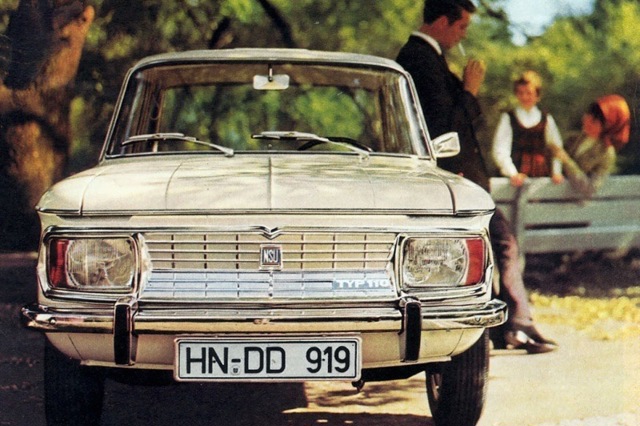NSU 100, 110 and 1200 (1963 – 1973) Review
NSU 100, 110 and 1200 (1963 – 1973) At A Glance
During the 1960s, NSU continued its policy of developing it rear-engined platform to accommodate a larger range of cars. Launched in 1963, the family-oriented version of the Prinz, the 1000, featured larger, more spacious bodywork and a bigger engine – a four-cylinder aircooled design. Styling was partially successful with and the elongated wheelbase and plastic cooling fins gave the 1000 a strange appearance. An even longer version, named 110, joined the range in 1965. Powered by a larger 1.1-litre version of the 100’s engine, it was then joined by a 1.2-litre variant, called the 1200, in 1967.
An innovative optional semi-automatic transmission was added in 1970, creating a full range of cars. Despite their relatively small dimensions and small engines, the 1000-Series cars were all well made and felt larger than they actually were. The 1000 also spawned the sporting TT version, which shared the same bodywork as the standard 1000 saloon. With lively acceleration and a 100mph top speed, the TT was a popular car with boy racers looking for an alternative to the Mini-Cooper. On the road, it could be a handful though, with the rear engine, rear-wheel drive layout, and lightweight body leading to serious spins in the wrong hands.




 Good build quality, surprisingly capable on the road
Good build quality, surprisingly capable on the road
 Tricky handling in poor conditions
Tricky handling in poor conditions